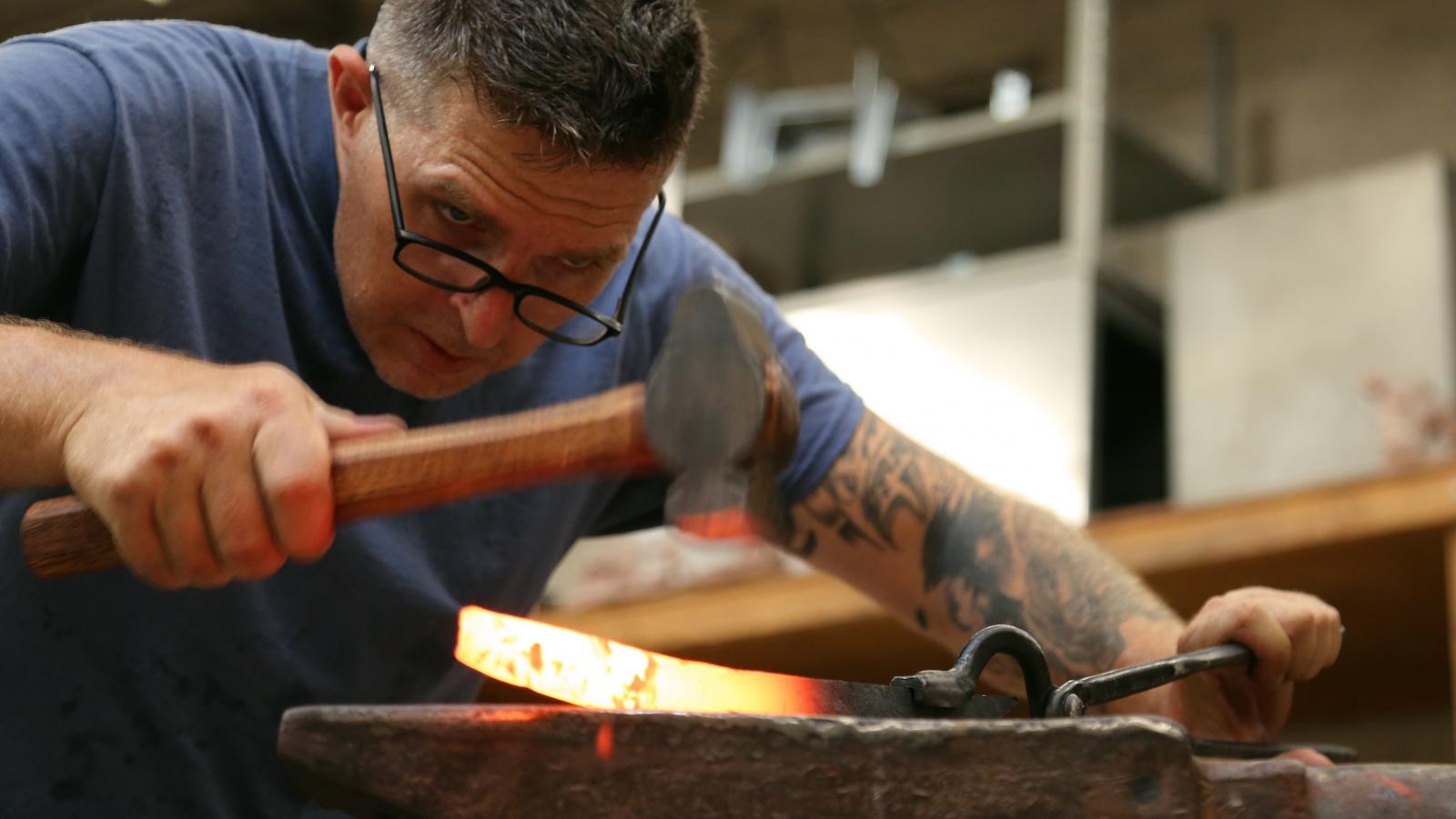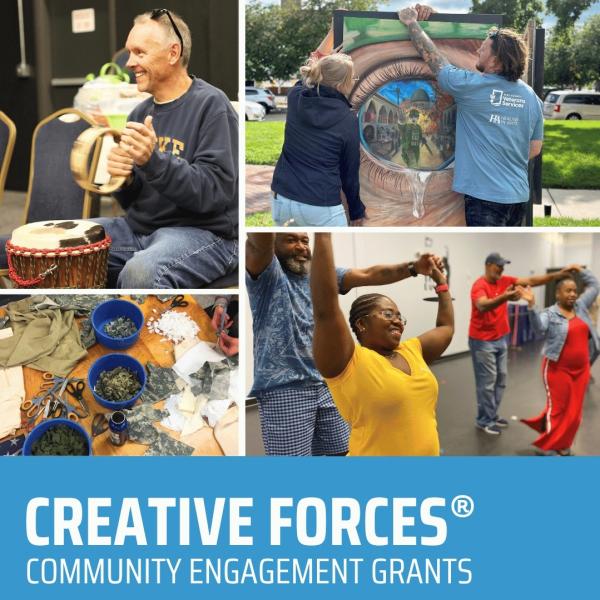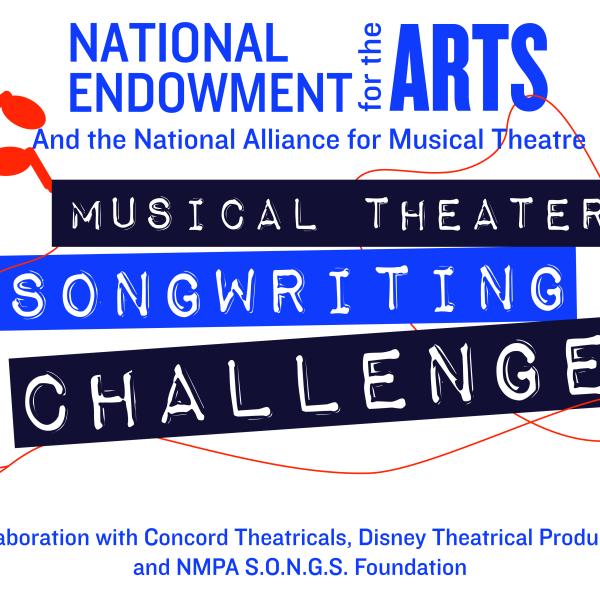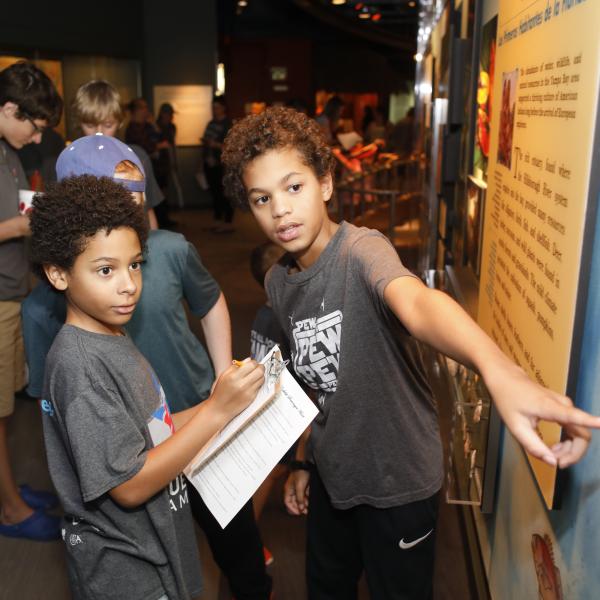Veterans’ Personal Stories and New Research Testify to Healing Power of Art Therapy

Washington, DC—In honor of National Veterans and Military Family Month in November, the National Endowment for the Arts is posting new resources at arts.gov as part of Creative Forces: NEA Military Healing Arts Network. Personal stories and new research highlight both the extraordinary work of veterans recovering from traumatic brain injury and post-traumatic stress using creative arts therapy, as well as how therapy guides that recovery.
Veterans Voices is a series of short essays by veterans who speak eloquently and passionately about the difference that art therapy and art-making have made in their lives. Art Therapy Interventions for Active Duty Military Service Members with Post-traumatic Stress Disorder and Traumatic Brain Injury is an NEA-funded clinical practice paper that describes the short- and long-term visual art therapy treatments employed through Creative Forces. Complementing these resources is a podcast interview with Sebastian Junger, author (The Perfect Storm: A True Story of Men Against the Sea), journalist, and filmmaker (Restrepo) who discusses his most recent book Tribe: Homecoming and Belonging about the veteran experience and community.
All of these resources are available for public use with crediting to the National Endowment for the Arts.
Excerpts from Veteran Voices
“My passion for music from before my injury helped me find my words more readily over time. Through music therapy I was able to express my feelings of frustration, love, and thankfulness for the life that was my new normal." Andrew Bell is a retired Army sergeant attending the University of Arizona to earn a degree in family studies and human development.
“I used music to bypass the injured sections of my brain and to stimulate other pathways in my healing process.” Michael Schneider is a retired Marine master sergeant who continues therapeutic arts engagement by crafting leather goods.
One of the more pressing needs to improve reintegration efforts for military and veteran populations back into their respective communities is addressing the very real divide between those that have served and those that have not served from BOTH perspectives. . . Real conversation happens between these groups at the easel, the pottery wheel, the glassblowing studio, open mic night, the theater troupe, and at all the other amazing mediums that are enjoyed within the arts.” Christopher Stowe is a retired Marine master gunnery sergeant who is currently working with several glassblowing studios in Florida.
From Art Therapy Interventions for Active Duty Military Service Members with Post-traumatic Stress Disorder and Traumatic Brain Injury
Various studies cited in the paper estimate the extent of PTSD and TBI impacts such as:
- 480,748 Service members affected by PTSD from 2006-2010
- $4.0 to $6.2 billion Two-year costs within a seven-year time period (2001-2007) for treating service members with PTSD
- 361,092 Service members affected by TBD from 2006-2010
- $591 to $910 million One-year cost within a seven-year time period (2001-2007) for treating service members with TBI
An article from Artsy, How Art is Helping Veterans Overcome PTSD
A publication from the NEA, How Creativity Works in the Brain
Contact
Victoria Hutter, hutterv@arts.gov, 202-682-5692




